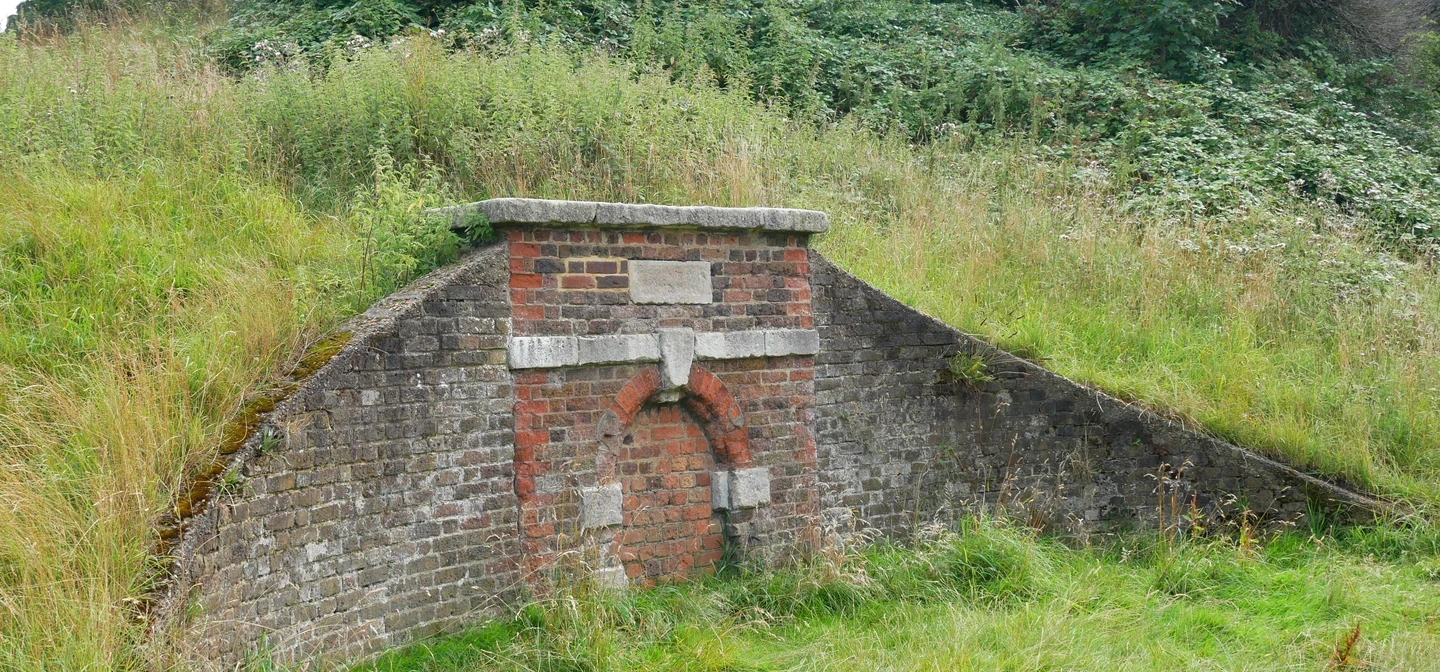
Conduits in Greenwich Park
Did you know that Greenwich Park is home to an underground water system? The structure in front of you was once a vital part of this hidden network.
While this building may look unassuming today, its history is fascinating. The story we’re about to tell will take us to London in the 1700s, where we’ll meet famous architect Sir Christopher Wren and learn all about why this clever system was built. So read on to travel back in time!
Sir Christopher Wren (1632-1723)
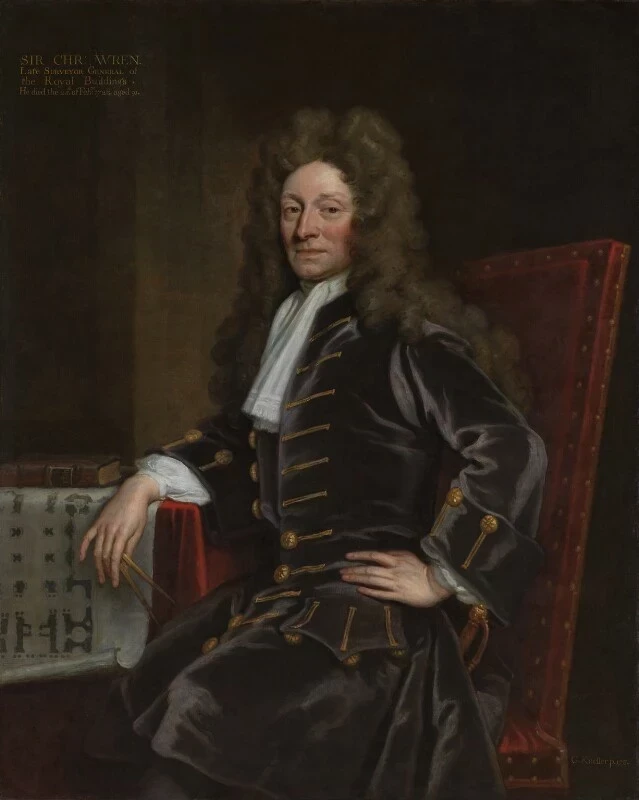
Sir Christopher Wren was an English architect, astronomer, mathematician and physicist. He famously designed 52 churches in London after the Great Fire of London in 1666 – including his masterpiece, St. Paul’s Cathedral, which was completed in 1710.
Wren also had considerable influence on Greenwich, and was responsible for many of the beautiful buildings still standing today. He designed parts of the Royal Observatory in Greenwich, combining his passion for astronomy with architecture.
He also designed Greenwich Hospital – a home for retired veterans of the Royal Navy, known as the Greenwich Pensioners. The building, now named the Old Royal Naval College, still stands on the bank of the Thames today.
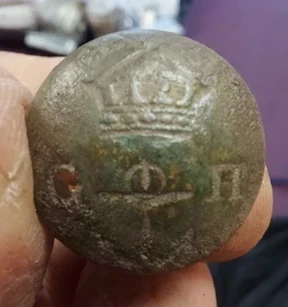
Wren realised that this new hospital needed a reliable supply of water – so he put his assistant Nicholas Hawksmoor to work. Hawksmoor himself was an eminent architect, and the perfect person to solve the problem.
What did Hawksmoor do?
He discovered that Greenwich Park was home to a series of ‘conduits’ – an underground water system that relied on gravity to carry water downhill. Elements of this system may have served the Tudor Greenwich Palace, built on the banks of the River Thames in the 1400s.
Hawksmoor decided to expand and improve this old system, rebuilding and relining brick structures through which to channel water. He arranged for a series of ‘conduit houses’ to be built around the park to provide access to the water system – and large brick reservoirs to collect the water before it was carried in lead pipes down the hill.
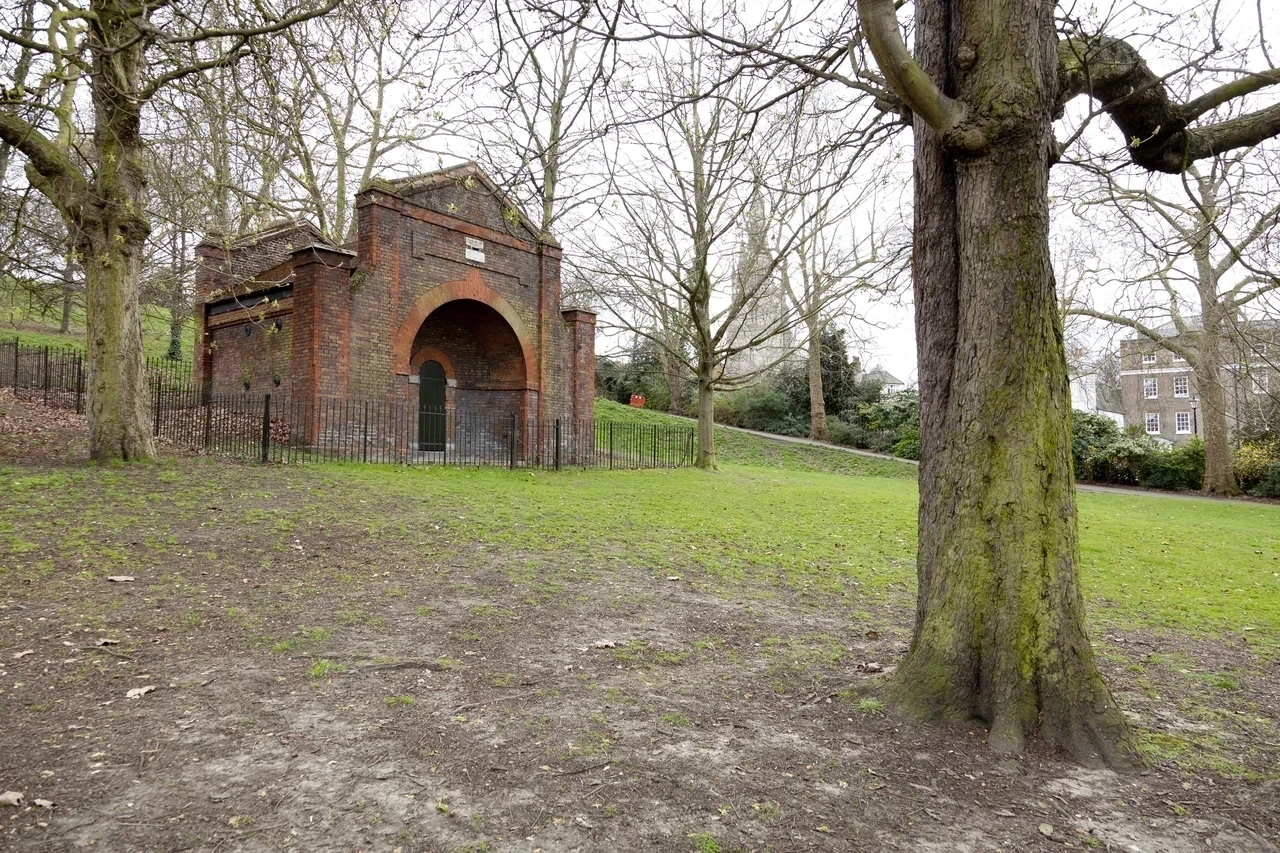
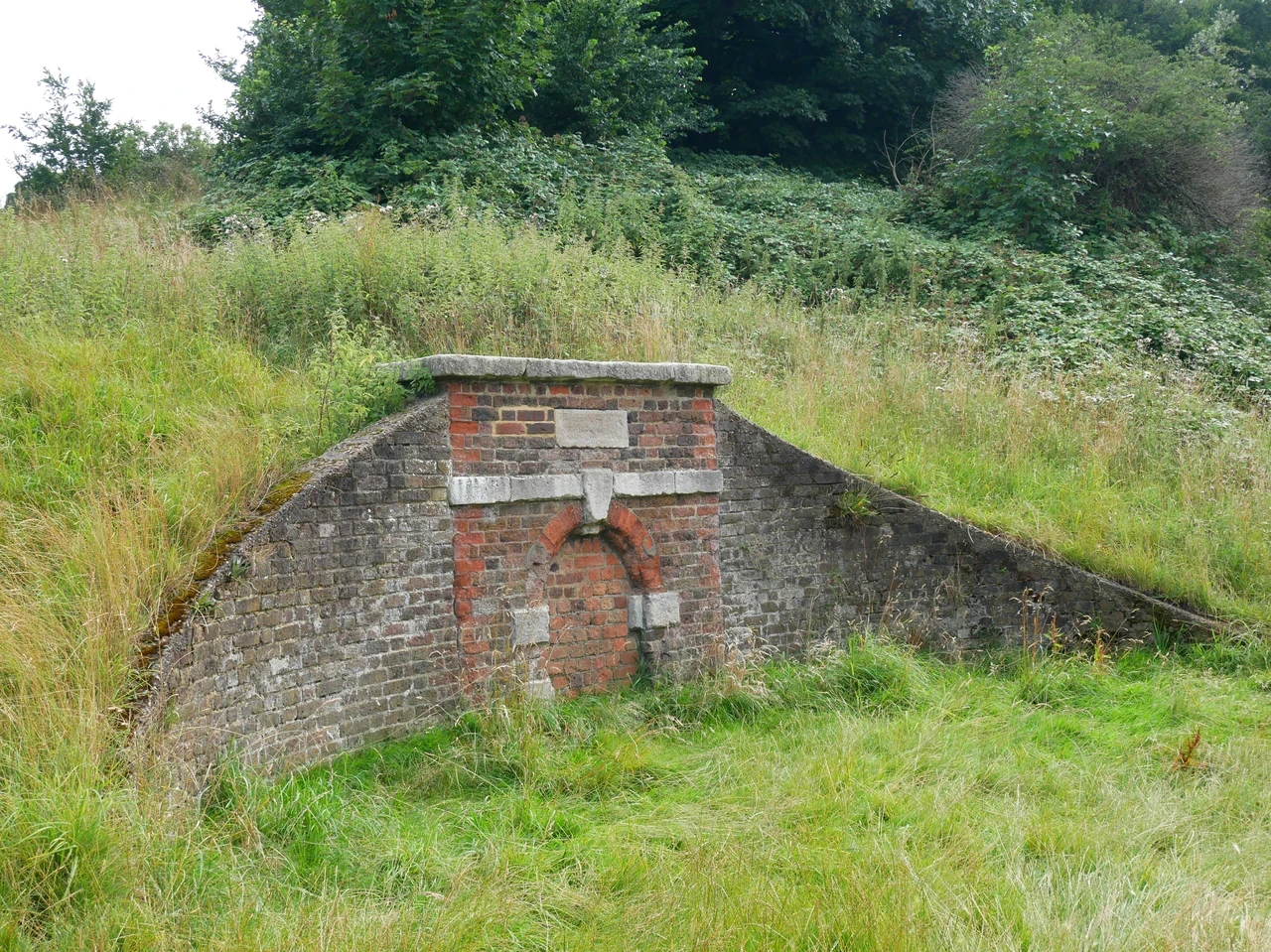
You can see remains of this system at two points in the park: the sealed conduit building here at the base of One Tree Hill, and a large brick Conduit House in the north-west of the park. On the Conduit House, you might spot a plaque reading ‘Greenwich Hospital Standard Reservoir’.
How does a conduit system work?
It’s the geology of Greenwich Park that makes it an ideal place for conduits. Water falling on the higher ground to the south of the park filters through layers of gravel and sand underground, before being forced to the surface when it meets more impermeable layers like clay.
Conduits were built to intercept this natural flow of water, which was probably visible as springs on the hillside in the park.
Learn more about how Greenwich Park’s history has been uncovered by exciting community archaeology projects.
Related Articles
-
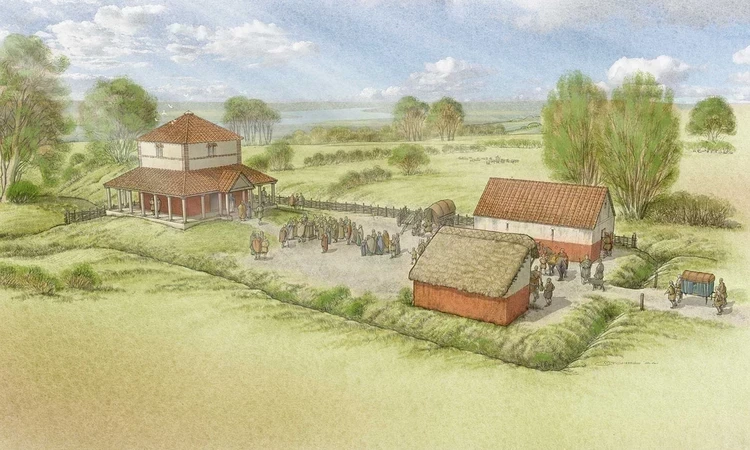 Read
ReadThe Roman Temple
Between around AD 100-400, an ancient Roman temple once stood in an area close to where the bandstand is located today.
-
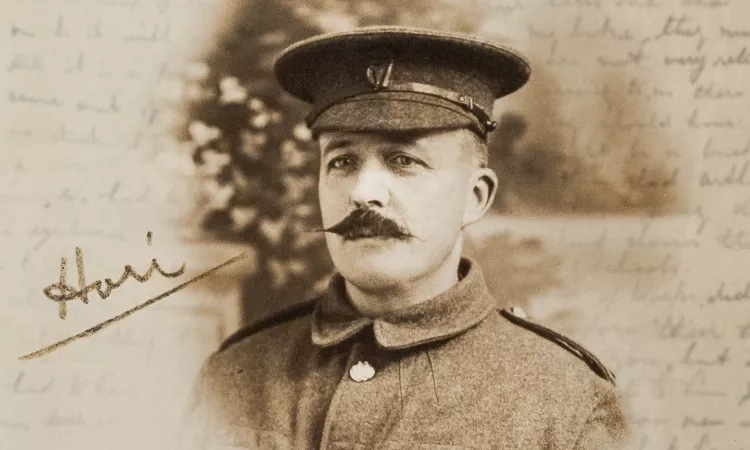 Read
ReadA digital exhibition about Hori Tribe
A digital exhibition about Hori Tribe, a propagator at Greenwich Park, who left to fight in the First World War.
-
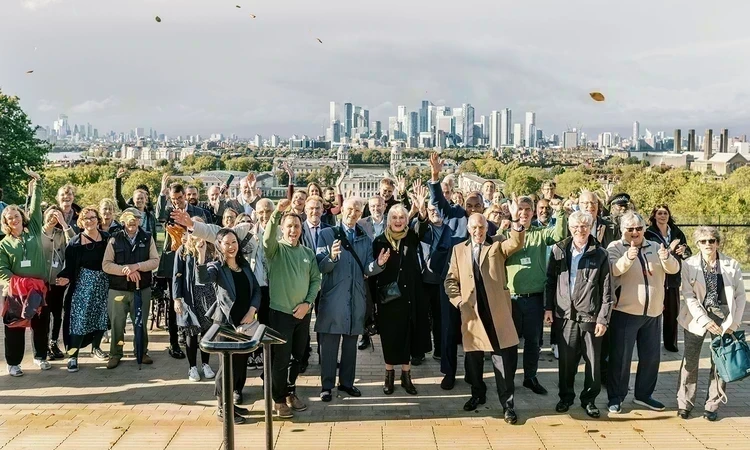 Read
ReadThen and now: celebrating Greenwich Park Revealed
Check out our gallery of then and now photos to see the how Greenwich Park Revealed has restored the park's unique 17th-century landscape.